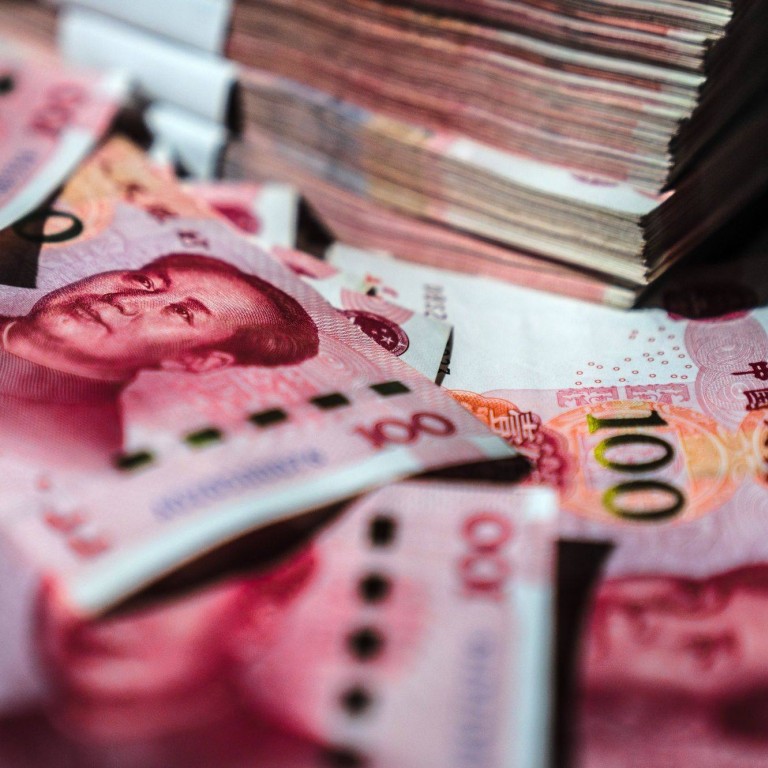
China’s yuan needs ‘bold breakthroughs’ to make inroads as an international currency: economist
- Expert on US-China trade conflicts says Beijing should implement a progressive tax on cross-border capital flows to help guard against external risks
- Beijing wants the yuan to play a greater role in global trade, but efforts have been hindered because China’s currency is not nearly as convertible as the US dollar or euro
To strengthen the yuan in the international monetary system and counter the US dollar’s global dominance, China must boldly innovate in not only technology but also policy, according to a prominent economist at Tsinghua University.
The proposal by Professor Ju Jiandong, an expert on US-China trade conflicts, came as authorities are beefing up China’s defence and economic response capabilities in the face of the rivalry between the world’s two largest economies.
“Key issues to be considered should be how to establish latecomer advantages and make bold breakthroughs so that China can seize the initiative and get a leg up in international currency competition,” Ju wrote in the March issue of the Chinese academic journal International Finance.
We’re open for business, China says in renewed pledge to open markets
However, China’s ambition to build the yuan into an international currency is curtailed by the fact that it is not as convertible as the US dollar or euro, and Chinese leadership also remains concerned about potential financial risk contagions.
Ju brought forward a concept of a progressive tax on cross-border capital flows to guard against external risks, after the country’s capital exodus from 2015-17 significantly slowed the pace of financial liberalisation.
“Such a policy design would be like installing a firewall and thus solving the dilemma of capital account liberalisation and yuan convertibility,” he said.
The professor did not speculate on possible rates or levy details for any such proposed tax arrangement.
Don’t believe the data. US-China trade ‘becoming less directly interdependent’
The yuan’s overseas use has made strong inroads since Beijing started yuan-denominated trade settlements a decade ago. However, the yuan’s reach – accounting for just 2.19 per cent of global payments, 3.5 per cent of global forex transactions, 2.76 per cent of reserves held by central banks, and 12.28 per cent in the International Monetary Fund’s special drawing rights (SDR) currency basket – is still low compared with China’s roughly 18 per cent share of the global gross domestic product.
The Tsinghua professor said he believes that the US dollar is over-represented, relative to its economic strength, pointing to its 41.1 per cent proportion in global payments, 88 per cent of global forex transactions and 41.73 per cent of the SDR basket.
However, Ju pointed to one of the bright spots for China’s yuan – its burgeoning central bank digital currency known as the e-yuan. China has carried out research and pilot programmes for the last few years, and it is a world leader in the digital currency realm.
China’s e-yuan like ‘double-edged sword’, and mishandling carries big risks
“If China can innovate the entire system through digital currency and establish a digital international currency system, it may have the opportunity” to strengthen the yuan’s overseas use, he said.
China’s central bank has already conducted e-yuan pilot schemes in more than 20 cities, involving nearly 5 million merchants and 100 billion yuan (US$14.5 billion) worth of transactions. However, no official timetable has been given for the digital yuan’s full roll-out.
The Chinese government also has not set any quantitative goals for the yuan’s overseas use. Instead, it said the work will be pushed forward “orderly”.

